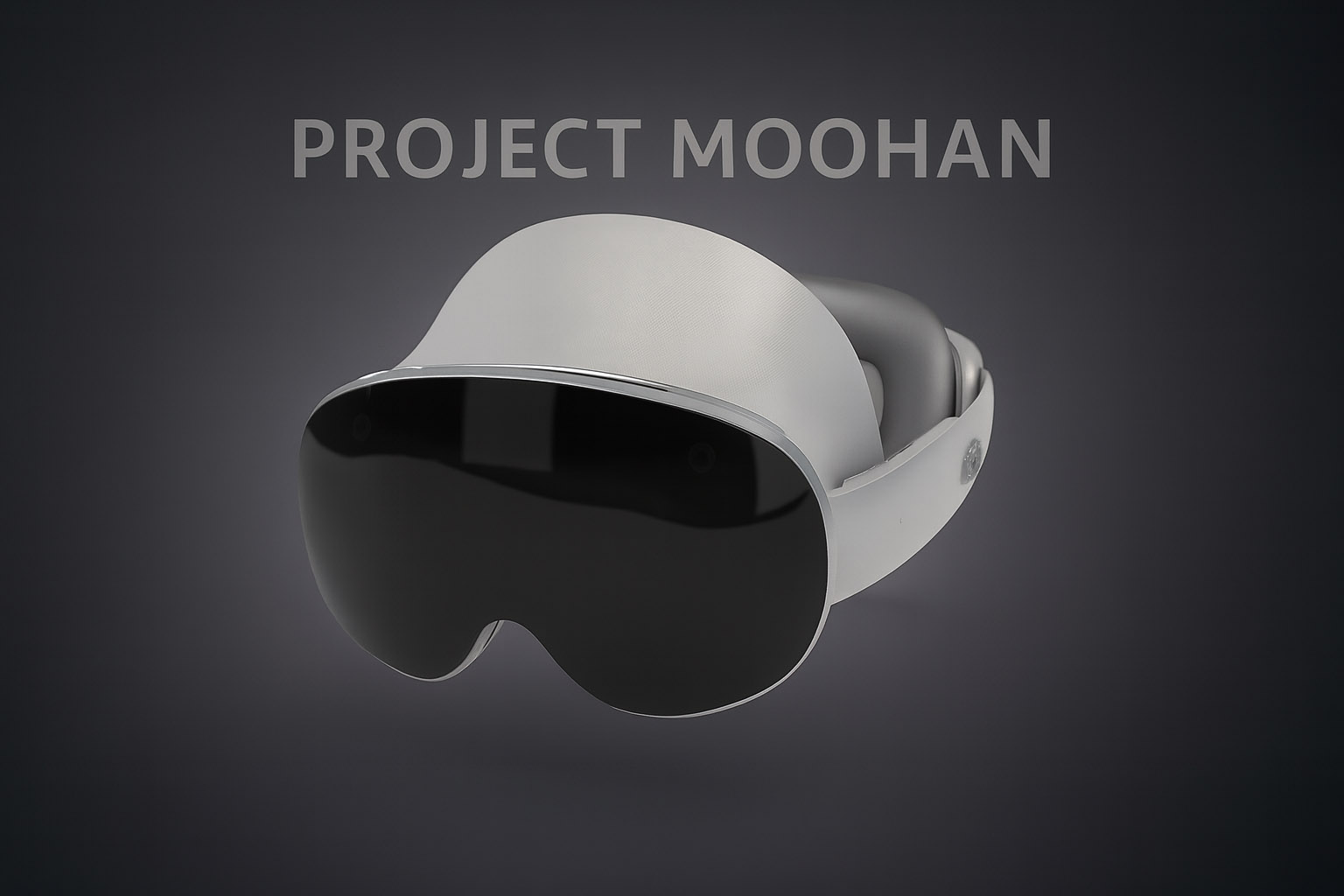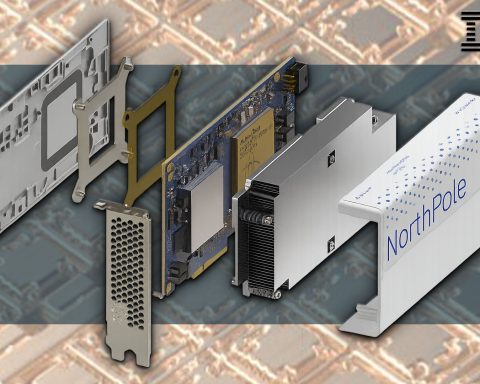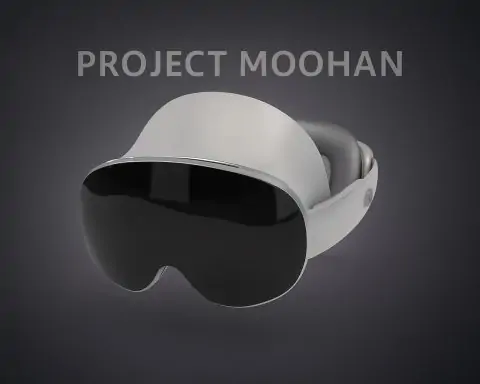- Launch window: Samsung’s “Worlds Wide Open” event is set for Oct. 21, 10 p.m. ET (Oct. 22 morning in Central Europe), where it’s widely expected to unveil its first Android XR headset (code‑name Project Moohan). Samsung Newsroom
- What it is: A high‑end mixed‑reality (XR) headset built by Samsung, running Google’s Android XR with deep Gemini AI integration—designed to blend apps, the web and assistants into your field of view. blog.google
- Expected specs (leaks): Qualcomm Snapdragon XR2+ Gen 2 (supports up to 4.3K per eye @ 90fps), external battery, hand‑/eye‑tracking; Samsung is taking early reservations with a $100 credit. Official chip capabilities are confirmed; device details remain unannounced. Qualcomm
- Why now: Apple just refreshed Vision Pro with an M5 chip while keeping the $3,499 price, raising the stakes in spatial computing. Reuters
- Smart‑glasses surge: Meta’s new Ray‑Ban line (now with a tiny display and neural wristband) is pushing wearables mainstream; parent eyewear maker EssilorLuxottica flagged booming demand. About Facebook
- Market outlook: IDC projects a sharp XR rebound from 2026 and fast growth through 2029, underscoring investor interest in “screenless” computing. IDC
- Caveats: Early “AI device” experiments have stumbled (Humane AI Pin shut down; Rabbit r1 struggled), and privacy concerns around always‑on cameras are intensifying. TechCrunch
A new push to make computers screenless
A Polish report framed it bluntly: computers without screens are moving from concept to reality as Samsung and Google prepare to show their first Android XR device this week. The pitch is simple: put on a lightweight headset and your “display” becomes the world around you—apps, videos, docs and maps pinned to your space, navigated by hands, voice and gaze instead of a keyboard and monitor. Rzeczpospolita
Samsung’s event teaser promises “a new era of multimodal AI” for XR, while Google’s Android XR blog lays out the platform play: Gemini‑powered headsets and glasses that “see what you see,” answer contextually and take actions on your behalf—plus a pipeline for Android XR smart glasses built with partners. Samsung Newsroom
What to expect from Samsung + Google
- Silicon: Qualcomm’s Snapdragon XR2+ Gen 2, officially capable of up to 4.3K‑per‑eye visuals at 90 fps with support for 12+ concurrent cameras—the baseline for sharper “passthrough” mixed reality and precise hand/eye tracking. (Samsung has not confirmed final specs.) Qualcomm
- Platform: Android XR with Gemini agentic features (live understanding of what’s in front of you, voice‑first help, rapid actions). blog.google
- Commercial posture: Pre‑registration is live with a $100 Samsung credit signal; leaks point to premium positioning intended to undercut Apple’s price without chasing Meta’s budget tier. TechRadar
The race to replace the screen
Apple’s counter‑move—a Vision Pro performance refresh with M5—keeps its $3,499 halo intact and reinforces Apple’s bet on fully immersive spatial computing. At the same time, reporting indicates Apple is reallocating R&D toward lighter AI glasses, underscoring an industry pivot from bulky headsets toward eyewear you can wear in public. Reuters
Meta is already there: its Ray‑Ban line added an in‑lens display and EMG wristband controls, while sales momentum helped lift EssilorLuxottica’s quarter and investor outlook for the category. About Facebook
Expert voices: the new “computing surface”
- Rick Osterloh (Google) said smart glasses are “a new computing surface” and the project he’s “most excited about” for bringing AI to consumers at scale. Tech Advisor
- Demis Hassabis (Google DeepMind) has repeatedly described the goal as a “universal assistant… multimodal, with you all the time.” That framing is becoming product reality in Android XR. The Verge
- Mark Zuckerberg (Meta) argues we’re entering an era of “personal superintelligence” and predicts smart glasses (and other wearables) will become primary devices for many. About Facebook
Beyond headsets: ambient, agentic computing
“Screenless” doesn’t stop at goggles. Android XR aims to extend to stylish glasses that pair with your phone; Amazon’s Alexa+ and Microsoft’s Copilot are turning voice‑and‑vision AI into ever‑present helpers on PCs and speakers—another step toward computers you talk to rather than type into. blog.google
Reality check: the roadblocks
- Form factor & battery: Comfort, weight and all‑day power remain tough. That’s why external battery packs and neural wristbands are appearing. TechRadar
- Ecosystem: Apple’s content gap and Meta’s early app limitations show that hardware without great spatial apps feels like a demo, not a daily driver. (Apple’s refresh addresses performance, not price.) The Verge
- False starts: Humane’s AI Pin has already been discontinued after an asset sale to HP, and Rabbit r1 has struggled to meet expectations—warning signs for standalone AI gadgets that don’t solve everyday jobs better than a phone. TechCrunch
- Privacy & policy: Smart glasses’ always‑available cameras/mics raise consent questions; Meta recently tightened data retention for its Ray‑Ban line, prompting new scrutiny. Expect “no smart‑glasses” signs in more venues. TechCrunch
Forecast: what changes between now and 2028
- Near term (next 12 months): Expect Android XR to seed an open XR ecosystem—Samsung first, then other OEMs—mirroring early Android‑phone dynamics. Apple will keep refining high‑end spatial; Meta will push lighter eyewear and agentic features. Samsung Newsroom
- 2026–2027: As prices fall and glasses form factors mature, glasses + AI agents become the mainstream on‑ramp to screenless computing for messaging, navigation, translation, and “heads‑up” notifications. Enterprise training/design keeps footing the bill for high‑end headsets. blog.google
- By 2028: With XR unit growth rebounding and software ecosystems catching up, XR revenue expands rapidly; winners will be platforms that marry context‑aware AI with must‑use daily apps while satisfying evolving privacy norms. IDC
What to watch at Samsung’s event
- Hands‑on demos of Gemini on Android XR: object‑aware help, live translation, rapid actions. blog.google
- Comfort & optics: weight, passthrough quality, and display clarity vs. Apple Vision Pro. (4.3K‑per‑eye support is possible with the XR2+ Gen 2.) Qualcomm
- Price & availability: whether Samsung undercuts Apple—and how quickly the Android XR app catalog (YouTube, Maps, productivity) arrives. TechRadar
Sources & further reading
- Samsung’s Worlds Wide Open event announcement. Samsung Newsroom
- Google’s Android XR vision for headsets and glasses (Gemini integration). blog.google
- Qualcomm Snapdragon XR2+ Gen 2 capabilities (up to 4.3K‑per‑eye @ 90 fps). Qualcomm
- Launch‑timing & reservation coverage (TechRadar, Tom’s Guide). TechRadar
- Apple Vision Pro M5 refresh and pricing. Reuters
- Meta Ray‑Ban updates & demand signal (Meta newsroom; Reuters). About Facebook
- IDC XR market outlook. IDC
- Humane AI Pin shutdown. TechCrunch
- Rick Osterloh on smart glasses as a “new computing surface.” Tech Advisor
- Demis Hassabis on the universal assistant. The Verge
- Original feature framing the trend toward “computers without screens.” Rzeczpospolita
Editor’s note: Samsung has not yet confirmed final Moohan hardware specifications or pricing; leaked details may change at launch.












